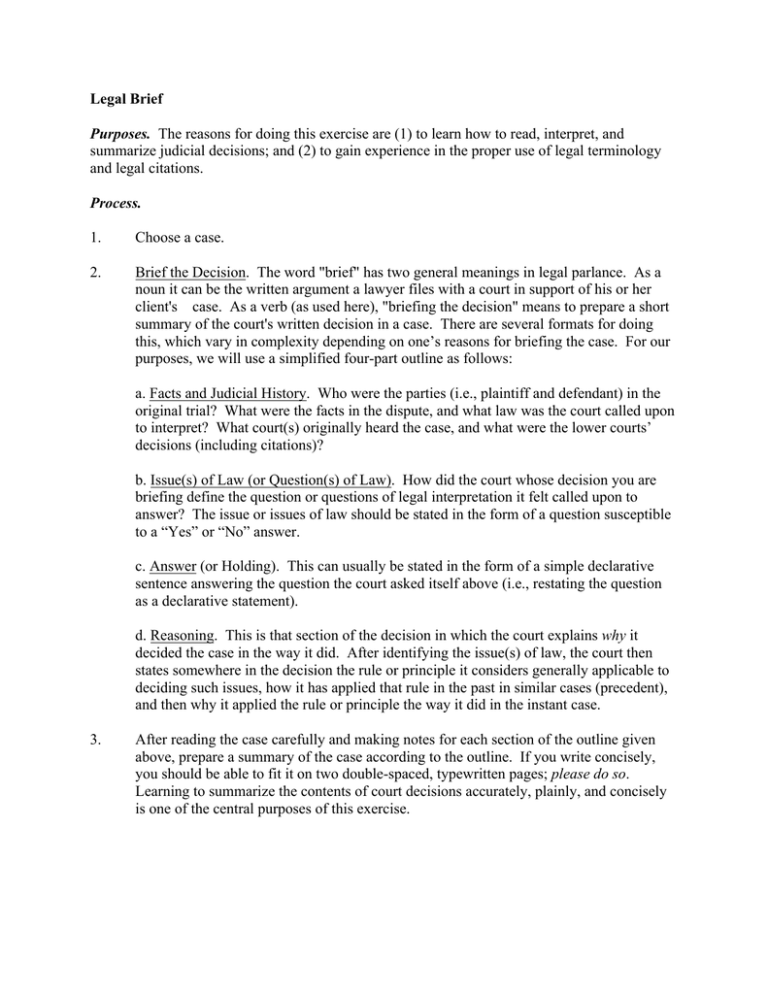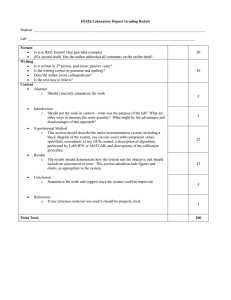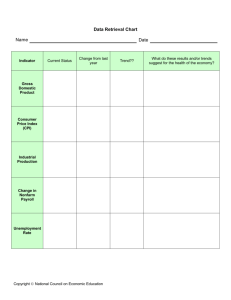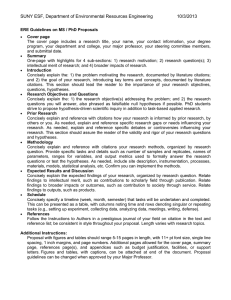summarize judicial decisions; and (2) to gain experience in the... and legal citations. Legal Brief
advertisement

Legal Brief Purposes. The reasons for doing this exercise are (1) to learn how to read, interpret, and summarize judicial decisions; and (2) to gain experience in the proper use of legal terminology and legal citations. Process. 1. Choose a case. 2. Brief the Decision. The word "brief" has two general meanings in legal parlance. As a noun it can be the written argument a lawyer files with a court in support of his or her client's case. As a verb (as used here), "briefing the decision" means to prepare a short summary of the court's written decision in a case. There are several formats for doing this, which vary in complexity depending on one’s reasons for briefing the case. For our purposes, we will use a simplified four-part outline as follows: a. Facts and Judicial History. Who were the parties (i.e., plaintiff and defendant) in the original trial? What were the facts in the dispute, and what law was the court called upon to interpret? What court(s) originally heard the case, and what were the lower courts’ decisions (including citations)? b. Issue(s) of Law (or Question(s) of Law). How did the court whose decision you are briefing define the question or questions of legal interpretation it felt called upon to answer? The issue or issues of law should be stated in the form of a question susceptible to a “Yes” or “No” answer. c. Answer (or Holding). This can usually be stated in the form of a simple declarative sentence answering the question the court asked itself above (i.e., restating the question as a declarative statement). d. Reasoning. This is that section of the decision in which the court explains why it decided the case in the way it did. After identifying the issue(s) of law, the court then states somewhere in the decision the rule or principle it considers generally applicable to deciding such issues, how it has applied that rule in the past in similar cases (precedent), and then why it applied the rule or principle the way it did in the instant case. 3. After reading the case carefully and making notes for each section of the outline given above, prepare a summary of the case according to the outline. If you write concisely, you should be able to fit it on two double-spaced, typewritten pages; please do so. Learning to summarize the contents of court decisions accurately, plainly, and concisely is one of the central purposes of this exercise.









